GS 441524 Usage Guidelines: From Start to Finish
Preparing for Treatment: Essential Steps
The fatal viral illness feline infectious peritonitis (FIP) now has a promising new potential therapy in GS-441524 fip, bringing renewed hope to cat owners and veterinarians alike. This comprehensive guide covers every aspect of the treatment process, from preparing to initiate GS-441524 therapy to administering the medication daily and carefully tapering the dosage as the cat progresses. With clear instructions, practical tips, and insights into best practices, both veterinarians and cat owners can approach the treatment journey with confidence and precision. By following these guidelines, you can ensure your feline companion receives the most effective care while monitoring their health throughout the course of therapy, supporting recovery and overall well-being.
|
|
|
Preparing for Treatment: Essential Steps
Before initiating GS-441524 treatment, it's crucial to take several preparatory steps to ensure the best possible outcome for your feline patient.
Confirming the Diagnosis
Accurate diagnosis is paramount before starting any treatment. Work closely with your veterinarian to confirm FIP through a combination of clinical signs, laboratory tests, and imaging studies. This step is critical as GS-441524 is specifically targeted at FIP and may not be effective for other conditions.
Determining the Appropriate Dosage
The dosage of GS-441524 varies depending on the form of FIP (wet, dry, or neurological) and the cat's body weight. Your veterinarian will calculate the precise dosage based on these factors. Typically, the starting dose ranges from 4-10 mg/kg, administered once daily.
Gathering Necessary Supplies
Ensure you have all the required supplies before beginning treatment. This may include:
- GS-441524 solution
- Syringes and needles
- Alcohol swabs
- Sharps container for used needles
- Treats or rewards for post-injection
Creating a Treatment Schedule
Develop a consistent schedule for administering GS-441524. This helps ensure that doses are not missed and allows you to plan around potential side effects. Most treatment protocols recommend daily injections for 12 weeks.
Daily Administration: Best Practices
Proper administration of GS-441524 is crucial for its effectiveness. Here are some best practices to follow during the daily treatment routine.
Preparing the Injection Site
Choose a different injection site each day to minimize discomfort and potential tissue damage. Common areas include the scruff of the neck, the area between the shoulder blades, and along the back. Clean the chosen site with an alcohol swab before injection.
Administering the Injection
Follow these steps for administering GS-441524:
- Draw up the correct dose into the syringe.
- Gently pinch the skin at the injection site to create a "tent."
- Insert the needle at a 45-degree angle into the tented skin.
- Slowly inject the medication.
- Remove the needle and dispose of it safely in a sharps container.
Monitoring for Side Effects
While GS-441524 is generally well-tolerated, some cats may experience side effects. These can include:
- Injection site pain or swelling
- Temporary loss of appetite
- Mild gastrointestinal upset
If you notice any severe or persistent side effects, contact your veterinarian immediately.
Tracking Progress
Keep a detailed log of your cat's progress throughout the treatment. Note any changes in symptoms, appetite, energy levels, and weight. This information will be valuable for your veterinarian in assessing the treatment's effectiveness.
 |
 |
 |
Ending Treatment: How to Taper Off?
As the treatment course nears its end, it's important to follow proper tapering procedures to ensure the best long-term outcome for your cat.
Assessing Treatment Success
Before considering tapering, your veterinarian will assess the treatment's success. This typically involves:
- Physical examination
- Blood tests to check for normalization of values
- Imaging studies to evaluate any remaining signs of disease
Gradual Dose Reduction
If your veterinarian determines that the treatment has been successful, they may recommend a gradual tapering of the GS-441524 dose. This process usually involves:
- Reducing the dose by 25-50% for 1-2 weeks
- Further reducing the dose for another 1-2 weeks
- Discontinuing treatment if no signs of disease recurrence are observed
Post-Treatment Monitoring
After completing the GS-441524 treatment, close monitoring is essential to detect any potential relapse. Your veterinarian may recommend:
- Regular check-ups
- Periodic blood tests
- Watchful observation at home for any return of symptoms
Conclusion
GS-441524 has demonstrated remarkable promise as an effective fip medication, providing significant hope to both cat owners and veterinarians who have long struggled with this devastating disease. Its proven antiviral properties offer a viable path to recovery for many feline patients when administered correctly. By carefully following these guidelines and maintaining close communication with your veterinarian, you can significantly increase the likelihood of a positive treatment outcome. It is important to remember that each cat's experience with GS-441524 may differ, and consistent monitoring, patience, and meticulous attention to dosing are essential throughout the entire process. With diligence and proper care, this treatment can give cats the best possible chance to regain health and improve quality of life.
|
|
|
|
FAQ
1. Q: How long does GS-441524 treatment typically last?
A: The standard treatment duration is typically 12 weeks, although some cases may require longer treatment based on the cat's response and the severity of the disease.
2. Q: Can GS-441524 be used in kittens with FIP?
A: Yes, GS-441524 can be used in kittens with FIP. However, the dosage may need to be adjusted based on the kitten's weight and specific condition. Always consult with a veterinarian for proper dosing in young animals.
3. Q: Are there any long-term side effects of GS-441524 treatment?
A: Long-term studies on GS-441524 are still ongoing, but current data suggests that serious long-term side effects are rare. However, as with any medication, it's important to monitor your cat closely and report any concerns to your veterinarian.
Choose BLOOM TECH for Your GS-441524 Needs
When it comes to treating FIP, BLOOM TECH knows how important high-quality GS-441524 is. The unwavering quality and consistency of our product is guaranteed by our dedication to manufacturing excellence. We promise a consistent supply of GS-441524 that is up to par with market requirements thanks to our cutting-edge production facilities and stringent quality control procedures. Trust BLOOM TECH to be your partner in the fight against FIP. For inquiries or to place an order, please contact us at Sales@bloomtechz.com. Choose BLOOM TECH as your trusted GS-441524 manufacturer for all your FIP medication needs.
References
1. Pedersen, N. C., et al. (2019). Efficacy and safety of the nucleoside analog GS-441524 for treatment of cats with naturally occurring feline infectious peritonitis. Journal of Feline Medicine and Surgery, 21(4), 271-281.
2. Murphy, B. G., et al. (2020). Treatment of cats with feline infectious peritonitis with the nucleoside analog GS-441524. Animals, 10(1), 80.
3. Dickinson, P. J., et al. (2020). Antiviral treatment using the adenosine nucleoside analogue GS-441524 in cats with clinically diagnosed neurological feline infectious peritonitis. Journal of Veterinary Internal Medicine, 34(4), 1587-1593.
4. Addie, D. D., et al. (2020). Feline infectious peritonitis. ABCD guidelines on prevention and management. Journal of Feline Medicine and Surgery, 22(11), 1028-1048.

Echo
9 years of experience in chemical articles; Doctoral degree; Organic Chemistry major; R&D-4 Dept; Technology support; R&D engineer
Anticipating your Business & Technology support inquiry
Please send us the products that interest you, and we will provide you with one-on-one service
Recommended Blog
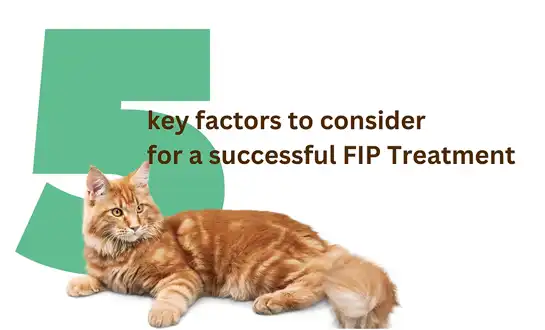
What Are the Side Effects of GS-441524? And How to Manage Them Effectively?





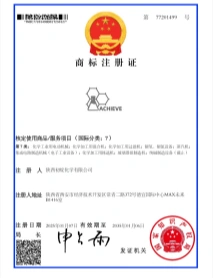
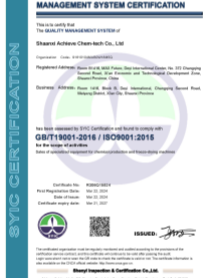
_副本_1760064950733.webp)
_副本_1758506507767.webp)
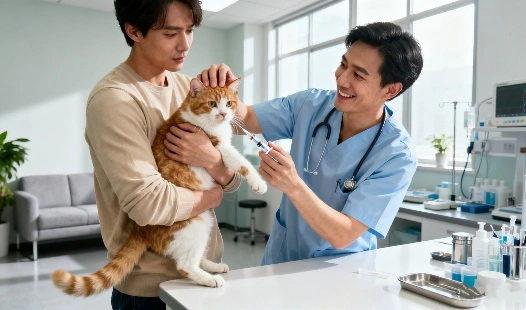
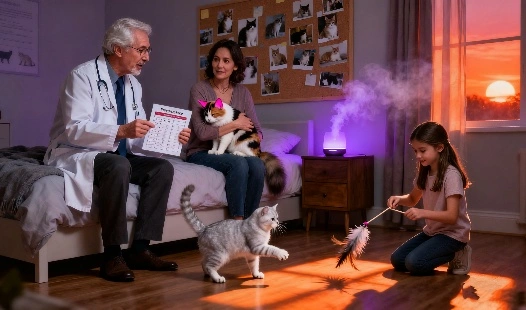
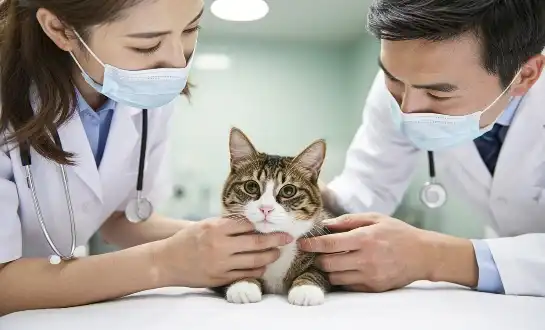
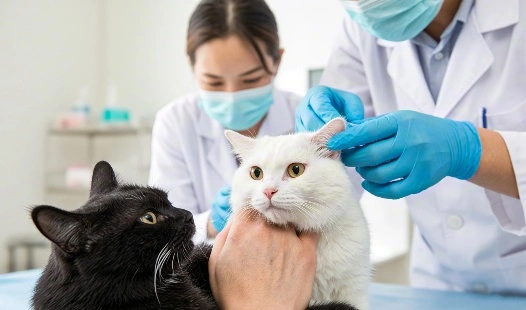
_副本_1758243222799.webp)
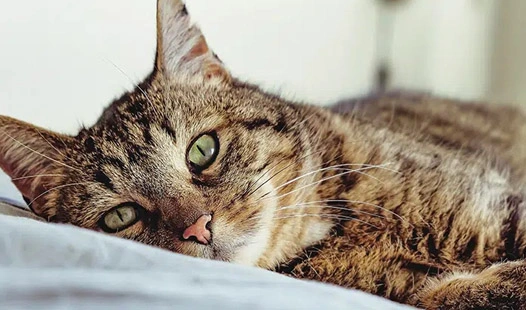
_副本_1759986970404.webp)
